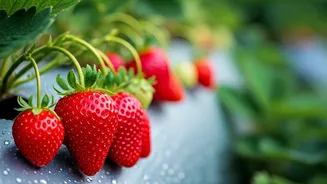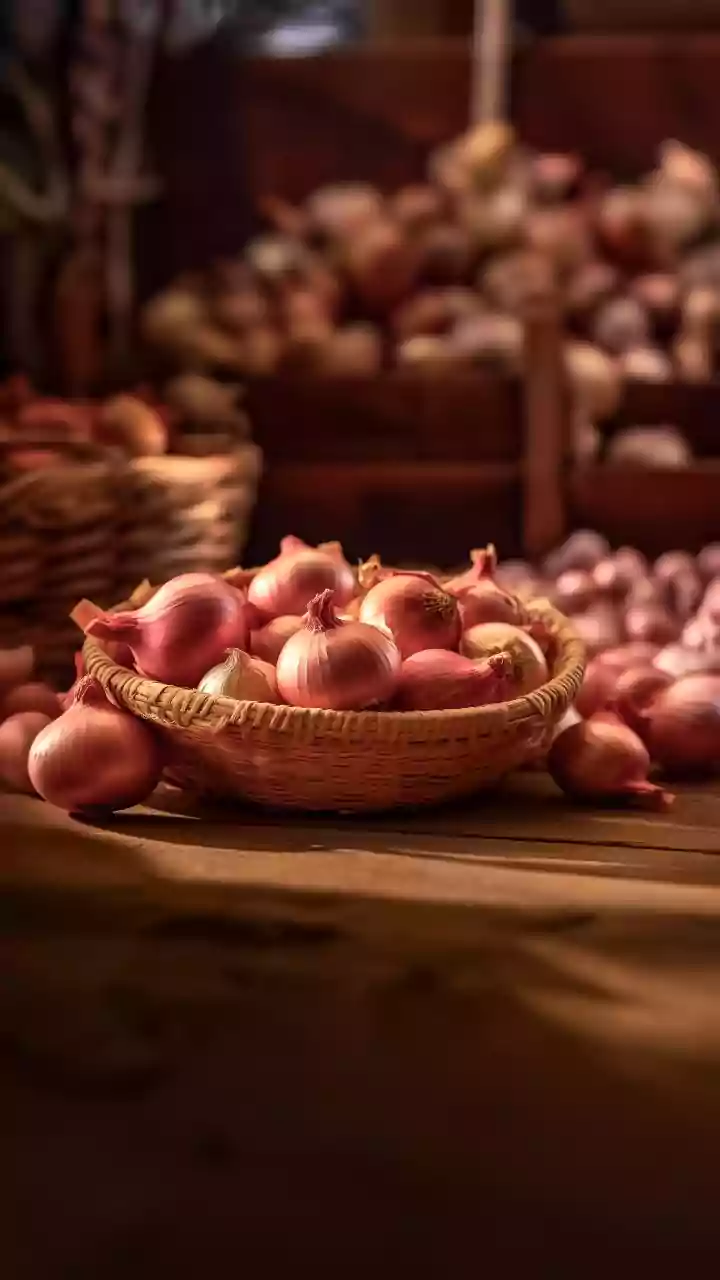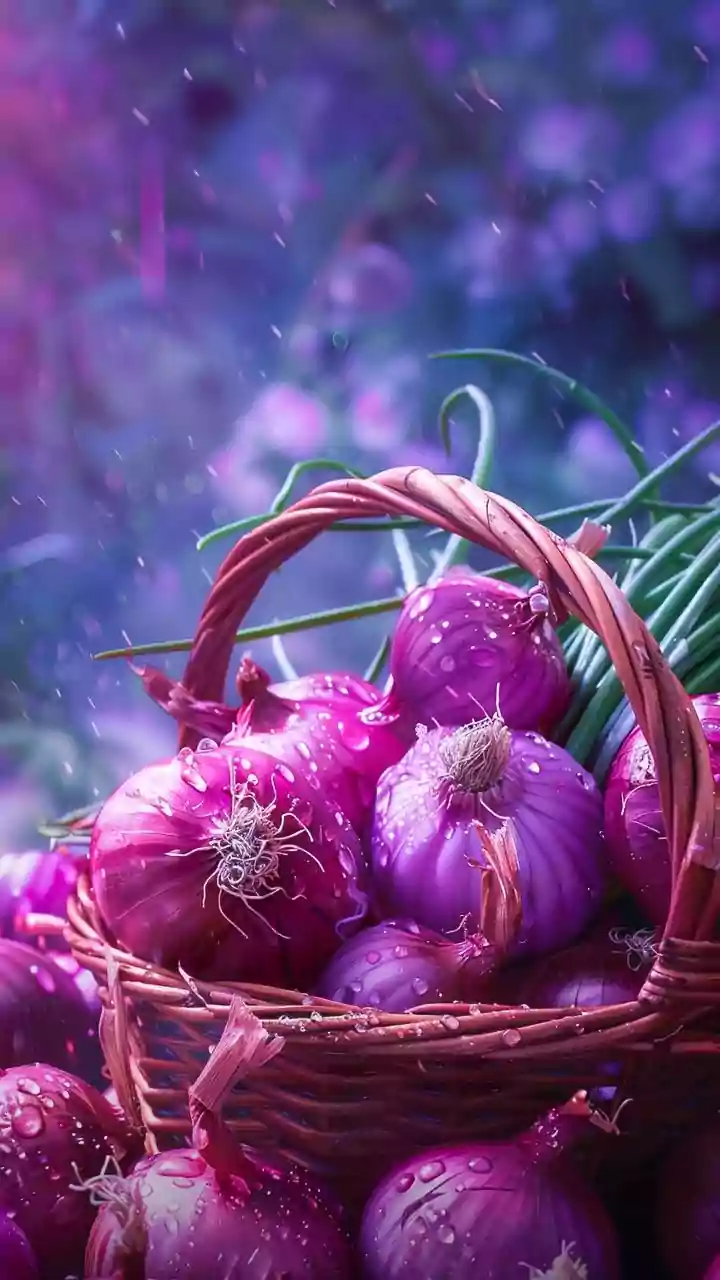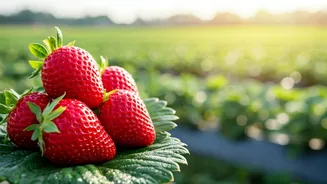Choosing the Right Variety
The initial step towards a successful strawberry farming venture begins with selecting the appropriate variety. Consider climate, soil, and intended use
when making your choice. Different strawberry varieties have unique characteristics. For example, 'June-bearing' strawberries produce a single, large crop in the early summer, while 'ever-bearing' types offer fruit throughout the growing season. Climate compatibility is critical; some varieties flourish in cooler regions, whereas others perform better in warmer climates. Evaluating your soil's composition and structure is equally important, as certain varieties thrive in specific soil conditions. Lastly, think about the purpose of your strawberries – are you planning to sell them fresh, or for processing into jams or desserts? This decision guides your selection toward varieties with superior flavor profiles or those known for their preservation qualities. By carefully considering these factors, you can lay the groundwork for a thriving strawberry farm.
Preparing Your Soil
Soil preparation forms the backbone of a robust strawberry farming operation. Commence with soil testing to assess nutrient levels and pH balance. Strawberries prefer slightly acidic soil, typically between pH 5.5 and 6.5. Amend your soil as necessary, introducing compost, well-rotted manure, or other organic materials to enhance its fertility and structure. These additions also improve drainage, a crucial factor, because strawberries are susceptible to root rot in waterlogged conditions. The soil should be well-drained and friable, allowing for adequate air circulation around the roots. Before planting, consider incorporating a pre-plant fertilizer to provide essential nutrients like phosphorus and potassium. This boosts early growth and root development. Finally, the soil must be free from weeds, as they compete with strawberries for nutrients, water, and sunlight. Thoroughly remove weeds, or consider using pre-emergent herbicides, to prevent their growth before planting your strawberry crowns.
Planting Strawberry Plants
The method of planting strawberries varies according to the chosen type – bare-root plants, plugs, or potted plants. Bare-root plants, commonly available during the dormant season, require careful handling. Soak the roots in water for a few hours before planting to rehydrate them. Dig holes wide enough to accommodate the roots, and plant the crown at the correct depth, ensuring the roots are covered but the crown’s top remains exposed. Plugs, young plants grown in individual cells, are generally easier to handle. Simply plant them at the correct depth. Spacing is crucial, usually between 12 to 18 inches apart within rows and 3 to 4 feet between rows, to provide sufficient space for growth and air circulation. Plant strawberries in the early spring or late summer/early autumn for the best results. Water thoroughly after planting to settle the soil and encourage root establishment. Regular watering is key during the first few weeks, but avoid overwatering to prevent root rot. Proper planting techniques and timing are essential for the health and productivity of your strawberry patch.
Watering and Fertilizing
Consistent watering is crucial, particularly during dry spells and the fruit-setting stage. The amount of water needed depends on climate and soil type. Aim for deep, infrequent watering to encourage strong root development, rather than frequent, shallow watering. Drip irrigation or soaker hoses are excellent methods for delivering water directly to the roots, reducing water waste and the risk of foliar diseases. Fertilizing strawberries supports healthy growth and high yields. Use a balanced fertilizer, or a fertilizer formulated specifically for strawberries. Apply fertilizer according to the manufacturer’s recommendations, typically during the growing season. Avoid over-fertilizing, as it can lead to excessive foliage growth at the expense of fruit production. Monitor your plants for signs of nutrient deficiencies, such as yellowing leaves or stunted growth, and adjust your fertilization regime accordingly. Regular and appropriate watering and fertilization practices are essential components of successful strawberry farming.
Managing Pests and Diseases
Safeguarding your strawberry plants against pests and diseases is essential for a productive harvest. Inspect plants regularly for signs of infestation or disease. Common pests include aphids, spider mites, and slugs. Aphids can be controlled with insecticidal soap or neem oil. Spider mites often thrive in dry conditions; regular watering and introducing predatory mites can help control them. Slugs can be managed with traps, barriers, or slug pellets. Fungal diseases, such as gray mold (Botrytis), are frequently encountered. Ensure good air circulation by spacing plants appropriately and removing diseased leaves. Fungicides can be used if necessary, but follow label instructions carefully. Crop rotation and choosing disease-resistant varieties are preventative measures. Proper sanitation, such as removing old leaves and fruit, can reduce disease pressure. Implementing integrated pest management (IPM) strategies, which combine multiple control methods, is a sustainable approach to maintaining healthy strawberry plants.
Harvesting Your Strawberries
The peak of the strawberry farming process is harvesting the ripe, juicy fruits. Strawberries are usually ready for harvest around 4-6 weeks after the flowers bloom, or when the berries are fully red. Gently pick strawberries when they are dry, ideally in the morning before the day gets too hot. Handle them carefully to prevent bruising, and avoid pulling on the berries, as this can damage the plant. Instead, gently pinch the stem above the green cap. Harvesting every few days is essential to maximize yield and fruit quality. Collect the strawberries in shallow containers to prevent crushing. After harvesting, strawberries are highly perishable; consuming or processing them promptly is recommended. For fresh consumption, refrigerate the berries without washing until just before use. For processing, strawberries can be used for jams, jellies, or frozen for later use. Harvesting is an enjoyable and rewarding aspect of strawberry farming, the culmination of all your hard work.
Extending the Strawberry Season
To increase the duration of your strawberry harvest, you can utilize several strategies. Choosing a combination of June-bearing and ever-bearing varieties naturally extends the fruiting season. In regions with harsh winters, protect your plants by mulching heavily in late autumn. This offers insulation against freezing temperatures. During the growing season, consider using row covers or tunnels to provide protection from extreme weather conditions, such as frost, strong winds, and heavy rain. These also can create a warmer microclimate. Proper watering and fertilizing help maintain plant health, extending their productivity. Regular weed control ensures plants receive adequate nutrients. Careful monitoring for pests and diseases, and quick action to control any problems, ensures that plants remain healthy. By implementing these practices, you can enjoy fresh, flavorful strawberries over a longer period, making your farming endeavor even more rewarding.













